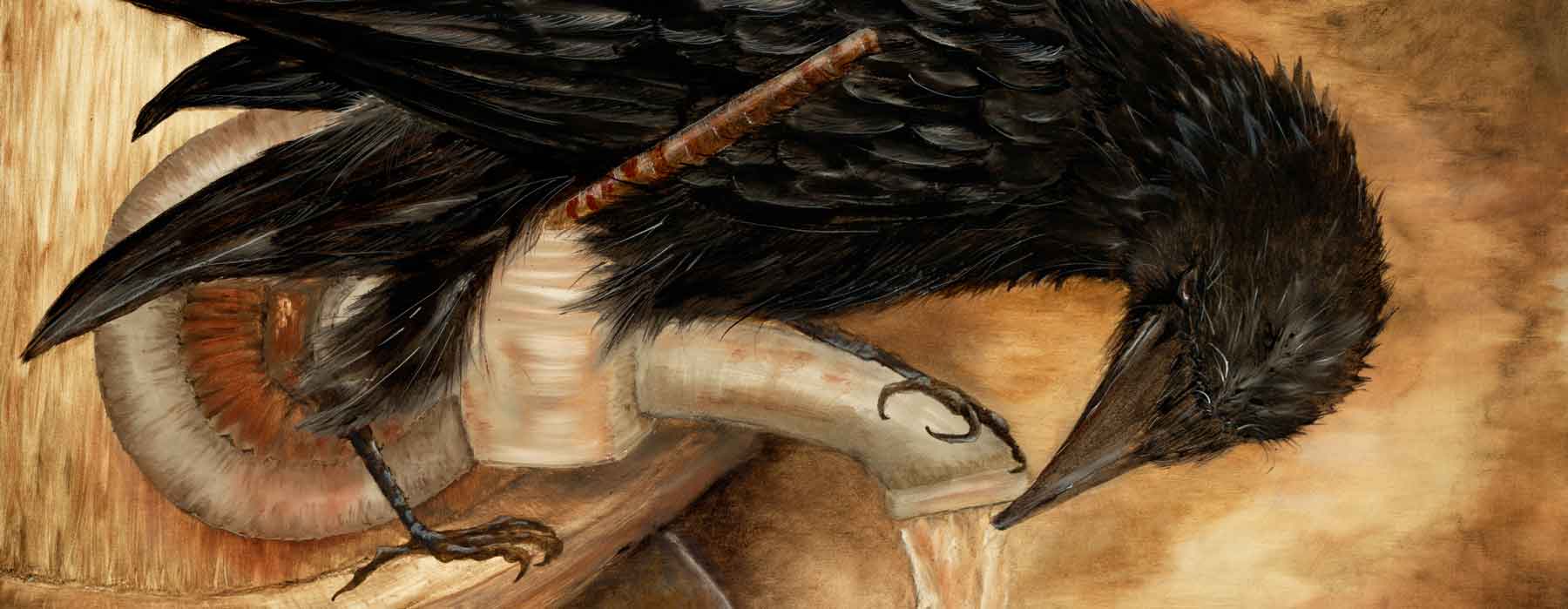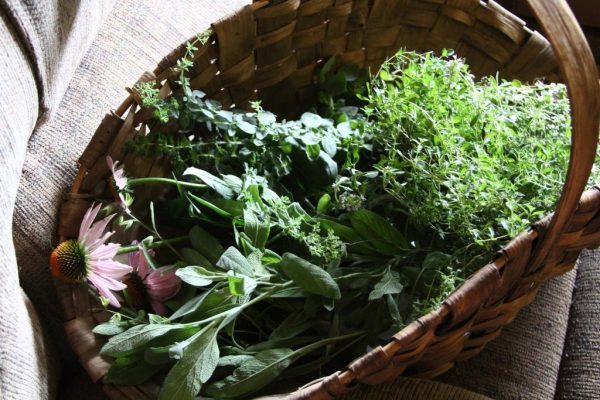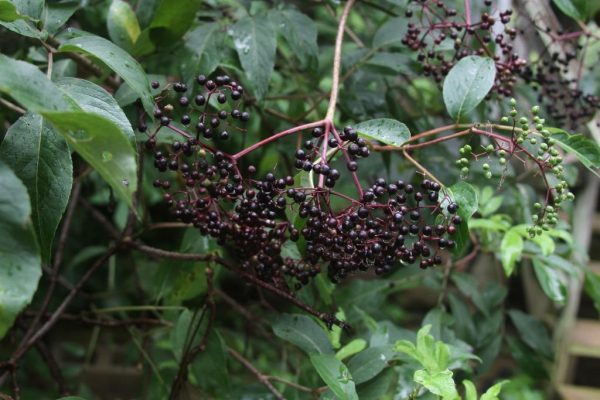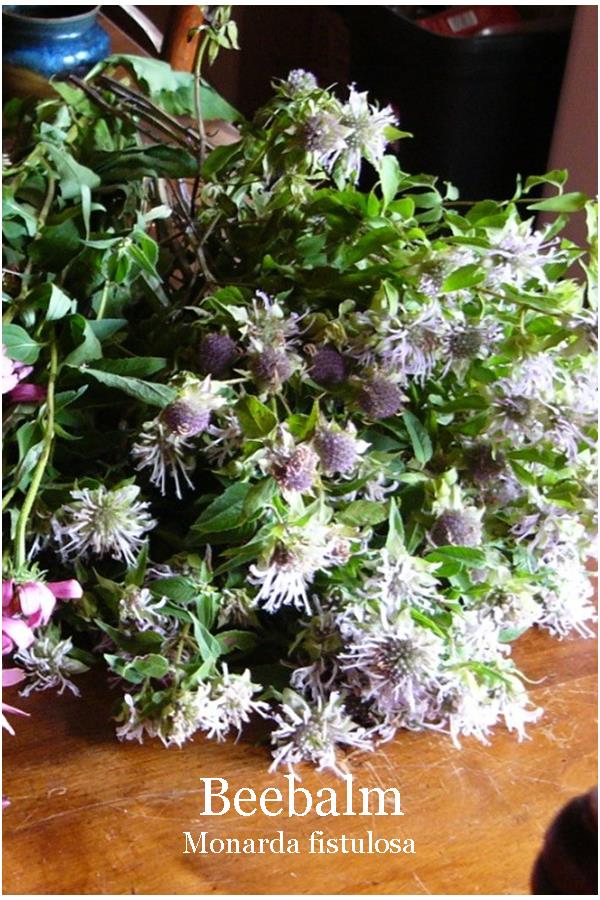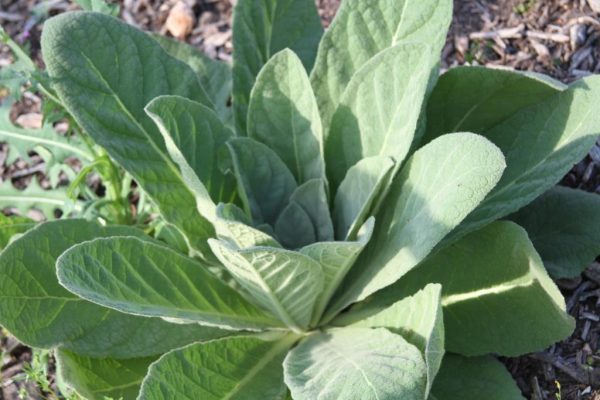Healing Herbs: the first of the Top Questions and Topics of Interest from Readers
Healing herbs and using the wild plants for medicine was one of the most often mentioned topics in the recent survey results.
In case you’re just joining me here and aren’t yet a Wild Ozark Musings newsletter subscriber, I recently sent a survey to subscribers. I wanted to find out what sort of things they’d be interested in hearing me talk or write about in the newsletter.
I got so many good responses! Thank you!
So it took me a while to get around to it, but now I’m going to start addressing those questions and topics. I’ll do one each newsletter and later post it to this blog. Eventually I’ll probably compile them all into a book, but for now, they’ll just be newsletter topics and blog posts. The first question on the list is actually several questions and topics, so I’ll take each one separately. Here’s the first one.
I would like to know more on healing herbs.
This is a huge topic! I’ll address what I’m personally doing with herbs at this time of year. I just made a harvest from the garden of echinacea, thyme, oregano, and sage. From the mountain I gathered wild mountain mint.
Not only are the oregano, thyme, and sage great culinary herbs but they’re also medicinal. None of those three taste very good as a tea to me, but they make a killer gargle for sore throat and an excellent tea for washing wounds or burns. I like using the mint to flavor any of the syrups and it has stomach settling qualities to add. There may be a lot more use for mint than that, but that’s how I use it.
Usually I also harvest beebalm (Monarda fistulosa) at this time of year, but all of it has powdery mildew this year. It doesn’t kill the plant but it gives a bad smell to the dried herb and may not be good for you to use that way, so I don’t. Beebalm has a propensity for powdery mildew, especially if it’s not growing in full sun with lots of air flow around it.
A great combination
I use the beebalm in combination with the echinacea and marshmallow root to make a tea once a week. This tea has helped my bladder issues more than the surgery I had to correct the problem over a decade ago did. Had I known then what I know now, I would never have had the surgery. Why? Because I almost died from blood loss from it, and the effect to cure the ailment wasn’t very long lasting anyway. This tea combination works for me. It has worked for others for cystitis, too. I, and my daughter’s family, also use it when we feel any sort of illness coming on and it shoos that right out the door. Elderberries would be great to add to the combination to combat viruses, too.
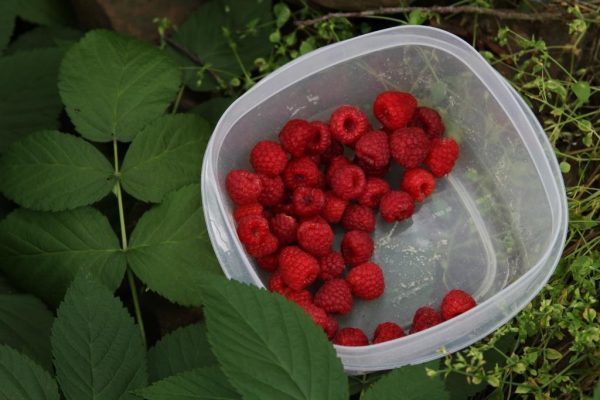
Wild raspberries are ripe right now, as are blackberries. I pick those whenever I can. Raspberries might be a delicious treat but they are also very beneficial as a healing herb. The leaves of red raspberries are good in teas to help tone pelvic floor muscles which will help prevent things like prolapse of the bladder and uterus. The berries themselves are healing. They’re very high in antioxidants and have anti-inflammatory properties, too. Blackberry fruits have similar properties.
The elderberries aren’t ripe here yet, but the flowers are blooming and the bushes are loaded with green berries. Here’s a photo from last year’s crop:
Another way I use elderberries and beebalm is in a syrup made with mullein. This syrup is my grand-daughter’s favorite remedy and she’s always wanting it even when she isn’t really sick. I have the recipe for that syrup here on my website. It’s great for that pesky, lingering winter “crud” and cough.
The pic below is of the beebalm harvest from last year. After it is the mullein. I use the fresh velvety leaves in spring, not the ones nearest the ground but the next layers up.
I harvest mullein during its first year, when it looks like the picture. In the second year it develops a flower stalk and the leaves aren’t as luscious. Mullein decoction alone, without the beebalm or elderberry is very effective for thinning mucus and making it easier to cough up, and it quiets the cough which makes it easier to sleep.
I hope you found the response to this topic useful. Feel free to email with questions or leave a comment to share your own stories.
